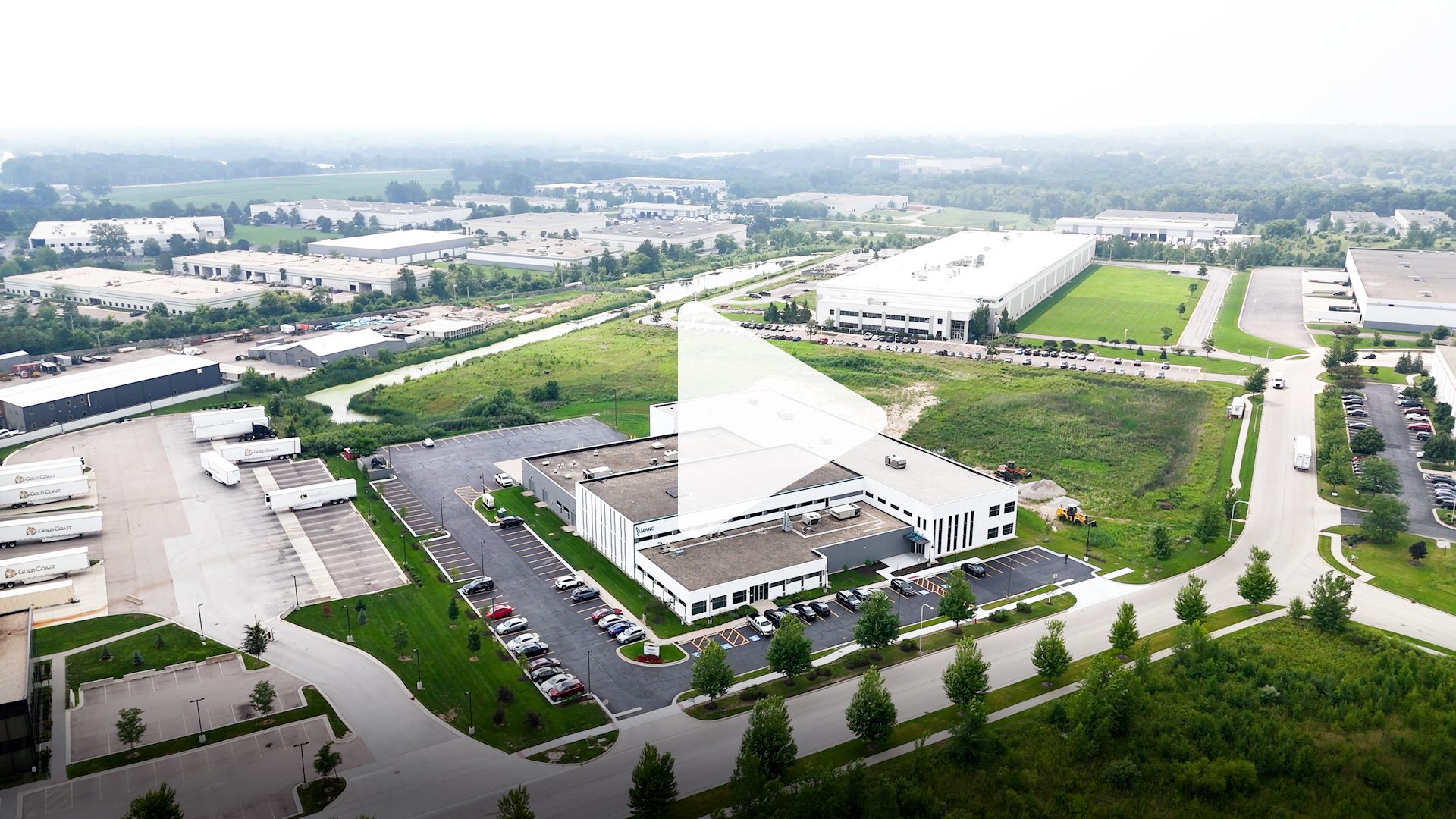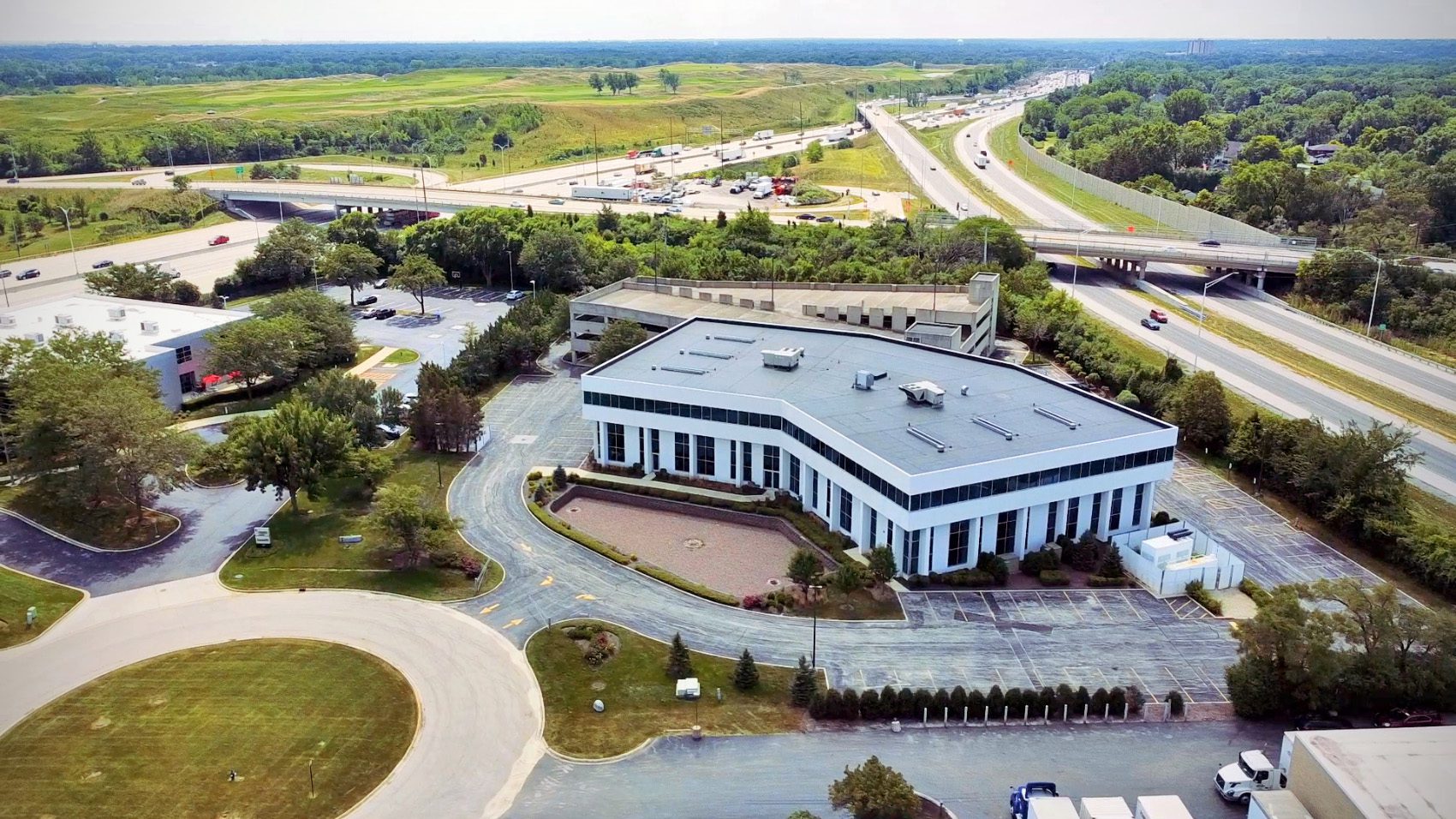November 2023
Subsector spotlight: Cold storage and manufacturing navigate diverse challenges, adaptation the common theme

In the dynamic realm of industrial real estate, two essential subsectors are experiencing significant transformations to align with the evolving demands of the market: cold storage and manufacturing/transportation, which, for the sake of this narrative, have been combined into a single category.
First, NAI Hiffman Executive Vice President of Industrial Services John Basile provides a glimpse into the metamorphosis of the cold storage industry.
Cold Storage
Traditionally regulated to regional hubs on the outskirts, these facilities are migrating to urbanized locations. Why? The shift from business-to-business distribution to direct-to-consumer delivery demands proximity to people.
Consumer preferences are steering away from packaged, shelf-stable foods toward fresher, non-processed options, necessitating a renewed focus on infill locations to cater to the population. At the same time, an overall increase in inventory levels proves the demand for new facilities. However, the driving force behind this demand is the aging inventory of existing facilities. Unlike traditional ambient warehouses that can adapt, cold storage facilities have a shelf life—a reality prompting owners to invest in newer structures rather than upgrading outdated ones.
In the same vein, Basile dispels the notion of specialized cold storage facilities for vaccine storage, amplified during the pandemic, noting that advancements in vaccine development and the evolving nature of vaccines render such facilities unnecessary. “During COVID there was a lot of talk about special-purpose, very cold facilities being needed for vaccine storage,” he explains, “but that never materialized due to multiple factors. Vaccines were developed that didn’t need to be held at such low temperatures, and the ability to ‘stockpile’ vaccines isn’t effective because these vaccines are constantly evolving, much like the flue vaccine.”
However, Basile’s sentiment does underscore the industry’s continuous pursuit of efficiency and sustainability. With large food manufacturing companies adopting ESG mandates, cold storage facilities are incorporating renewable energy sources like solar and wind. Additionally, there’s a shift towards using new, environmentally-friendly refrigerants, demonstrating a commitment to environmental responsibility.
Strategies to enhance flexibility are also being adopted. Multi-temperature storage, while not a new concept, is evolving. Facilities are now designed to be “convertible,” capable of zoning and running as either a freezer or cooler, meeting the varied needs of tenants while aligning with the desire for standardization from landlords.
Simply, given the competitive nature of the cold storage industry, companies are strategizing to stay ahead of the curve.
“The industry has seen substantial consolidation at the top, which has opened the door for new operators to enter the market,” Basile says. “These players, often partnered with private REITs or private equity firms, offer flexibility and healthy competition.”
Looking ahead, Basile sees opportunities in developing urban infill projects, but it requires specialized expertise. Urban infill projects involve complex processes like demolition, environmental remediation and zoning approvals, underscoring the importance of experienced partnerships.
The same goes for the manufacturing/transportation subsector, according to JLL Managing Director Keith Stauber.
Manufacturing/Transportation
Illinois has emerged as a hub for electric vehicle manufacturing and related technologies with the help of legislative catalysts that play a pivotal role in attracting businesses to the state.
Stauber says Illinois’ success in attracting electric vehicle manufacturers and suppliers can be traced back to two essential pieces of legislation—the Climate and Equitable Jobs Act (CEJA) and the Reimagining Energy and Vehicles Act (REV). While CEJA offers rebates for electric cars, parking station funding, and clean energy workforce training programs, the latter specifically targets companies that manufacture electricity-powered vehicles; EV component parts; battery lifespan solutions; battery raw materials refining solutions; and charging stations.
These incentives have already catalyzed significant deals, such as the $2.2 billion Goshen transaction in Manteno, Illinois, set to create over 2,600 jobs.
But Illinois’ historical legacy in manufacturing, central location and proximity to renowned research universities also contribute to its attractiveness for electric vehicle manufacturers.
“We have a legacy that contributes to the success of the new automobile groups coming into play as we continue to implement clean energy practices,” Stauber says.
Of course, like the cold storage sector, sustainability is a common thread. Stauber highlights that manufacturers are incorporating eco-friendly practices into their production processes, aligning with the broader theme of environmental friendliness. Furthermore, Illinois’ abundant clean energy resources, including solar, wind turbines, and nuclear energy further contribute to the state’s appeal, resulting in federal recognition, being named a “regional clean hydrogen hub,” along with Indiana and Michigan, in October 2023.
Lastly, Stauber emphasizes the role of public-private partnerships in supporting this innovation and growth. “Seeing Illinois’ utility companies, development authorities, and state and local entities collaborate closely is exciting,” he says, “both as a professional in the industry and a resident of the area.”
And so, though the cold storage and manufacturing/transportation subsectors navigate diverse challenges, the common theme is adaptation. As cold storage aligns with changing consumer preferences and embraces sustainability, the manufacturing/transportation sector positions itself as a pioneer in the clean energy transition. The integration of these trends paints a picture of resilience, showcasing how these industries are not just reacting but proactively shaping the future.
Click here to read the full story from RE Journals.
About NAI Hiffman:
NAI Hiffman is one of the largest independent commercial real estate services firms in the US, with a primary focus on metropolitan Chicago, and part of the NAI Global network. We provide institutional and private leasing, property management, tenant representation, capital markets, project services, research, and marketing services for owners and occupiers of commercial real estate. To meet our clients’ growing needs outside of our exclusive NAI Hiffman territory, we launched Hiffman National, our dedicated property solutions division, which provides property management, project services, and property accounting services across the country. NAI Hiffman | Hiffman National is an award winning company headquartered in suburban Chicago, with more than 250 employees strategically located throughout North America.
About Hiffman National:
Hiffman National is one of the US’s largest independent commercial real estate property management firms, providing institutional and private clients exceptional customized solutions for property management, project management, property accounting, lease administration, marketing, and research. The firm’s comprehensive property management platform and attentive approach to service contribute to successful life-long relationships and client satisfaction. As a nationally bestowed Top Workplace, and recognized CRE award winner, Hiffman National is headquartered in suburban Chicago, with more than 250 employees nationally and an additional six hub locations and 25 satellite offices across North America.


